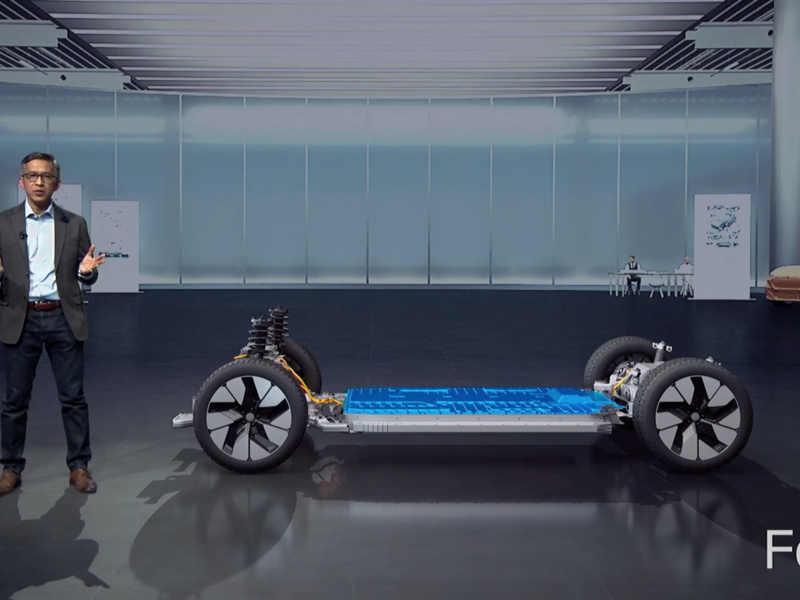
DETROIT — Ford Motor Co. is delaying the start of production of battery-electric versions of the Explorer and Lincoln Aviator crossovers by roughly 18 months and no longer plans to build them in Cuautitlan, Mexico, paving the way to substantially hike Ford Mustang Mach-E output.
Ford informed suppliers in a memo this week that the new EVs, previously code-named CDX746 and CDX747, are now slated to go into production in December 2024 as programs U759 and U760.
A copy of the memo was obtained and reviewed by Automotive News.
The automaker originally planned to begin output in mid-2023, suppliers say.
Additionally, Ford informed suppliers that the vehicles are being moved from the Cuautitlan assembly plant to a yet-to-be-determined location, according to the memo.
Ford North America COO Lisa Drake, in an interview Friday, declined to comment on plans for the upcoming Explorer and Aviator EVs.
However, Drake said that Ford now plans to dedicate the entire Cuautitlan plant to Mustang Mach-E production, and plans to scale up to 200,000 Mach-Es there annually by 2023. Output will begin to ramp up in 2022.
The Mustang Mach-E has been a near sell-out since it went on sale in late 2020.
“We had previously contemplated building an additional electric vehicle down there in Cuautitlan but our first priority right now is to scale production of the Mach-E given that demand,” Drake said. “Our production system is very flexible by design, and we’ll utilize multiple North American plants as we build out our future North American lineup.”
Drake said Ford planned to work with suppliers to boost supplies of battery cells, battery trays and electric drive systems to help support the increased Mach-E production.
Ford is on pace to sell about 60,000 Mustang Mach-Es globally this year. It recently began production in China for that market.
The change in timing could also make the Explorer and Aviator EVs major bargaining chips in the next UAW and Unifor contract negotiations in late 2023, although waiting to determine where to assemble them until then would give Ford only about a year to prepare.
The vehicles were set to be Ford’s next major EV offerings after the F-150 Lightning arrives in the spring of 2022.
Ford teased an image of a prototype Explorer EV in a dealer meeting this year, according to people in the room.
The company has been prepared to reveal the Aviator EV next year as part of the 100th anniversary of Ford’s acquisition of the Lincoln luxury brand.
Ford CEO Jim Farley has aggressively expanded Ford’s electrification plans since becoming chief executive in October 2020. He told Automotive News last month that Ford planned to increase its global EV production capacity to 600,000 vehicles annually over the next 24 months.
The new production timing for the Explorer and Aviator EVs would fall just outside of that timeline.
Ford has said it hopes to have EVs represent 40 percent of global sales by 2030.

